New and new! Yujie's monthly RPP production capacity of 3000 tons is put into operation!
Release time:
2023-07-03 17:16
Source:
Https://mp.weixin.qq.com/s?__biz=Mzk0MTM5MTUwMA==&mid=2247484086&idx=1&sn=6073b3b19650df20315ec6dc690d50f3&chksm=c2d26955f5a5e04
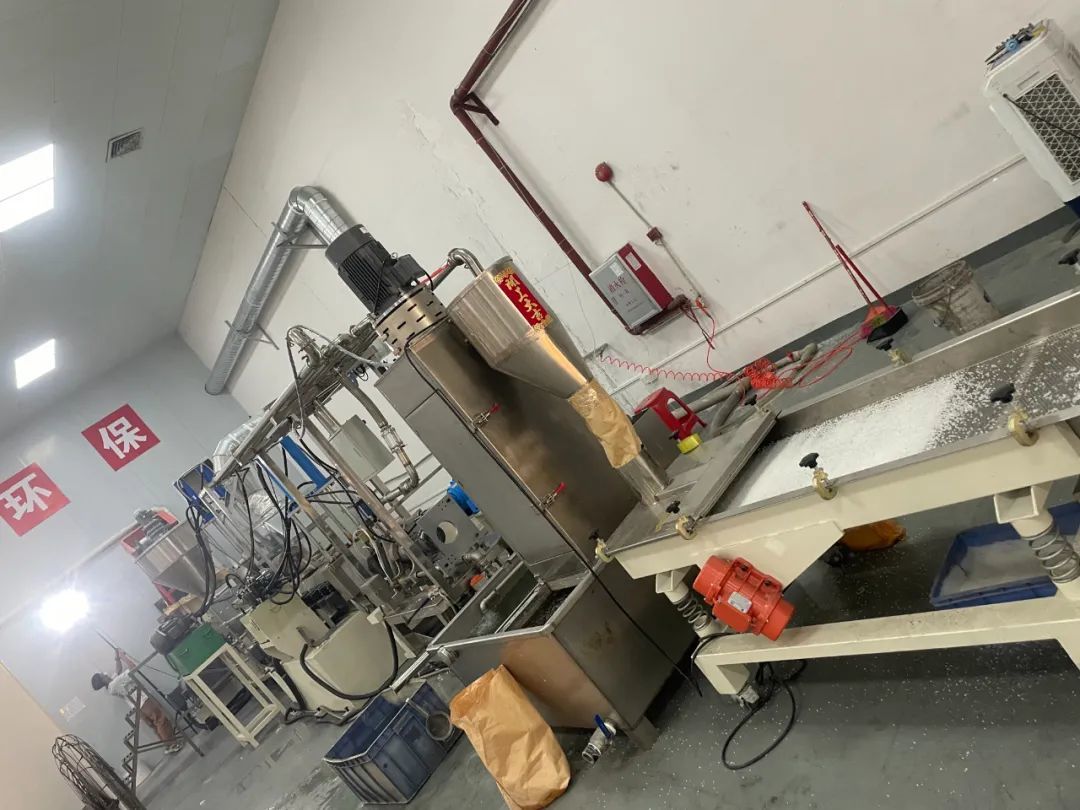
In early May, Yujie added two new sets.High-precision color separation equipment, dedicated to the lunch box material recycling modified production line, improve the production process of recycled PP. Color separation equipment through the plastic intelligent color discrimination, quality classification, to ensure that the quality of the finished product is the same, so that the quality of downstream reprocessed products more stable.
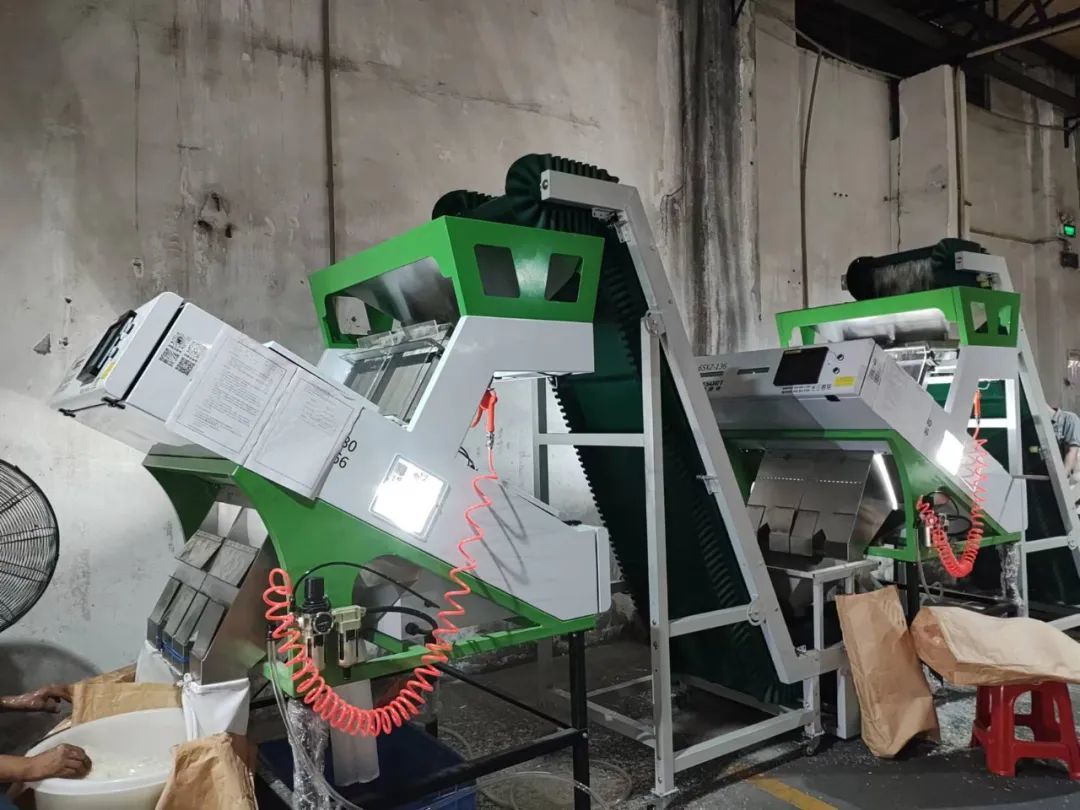
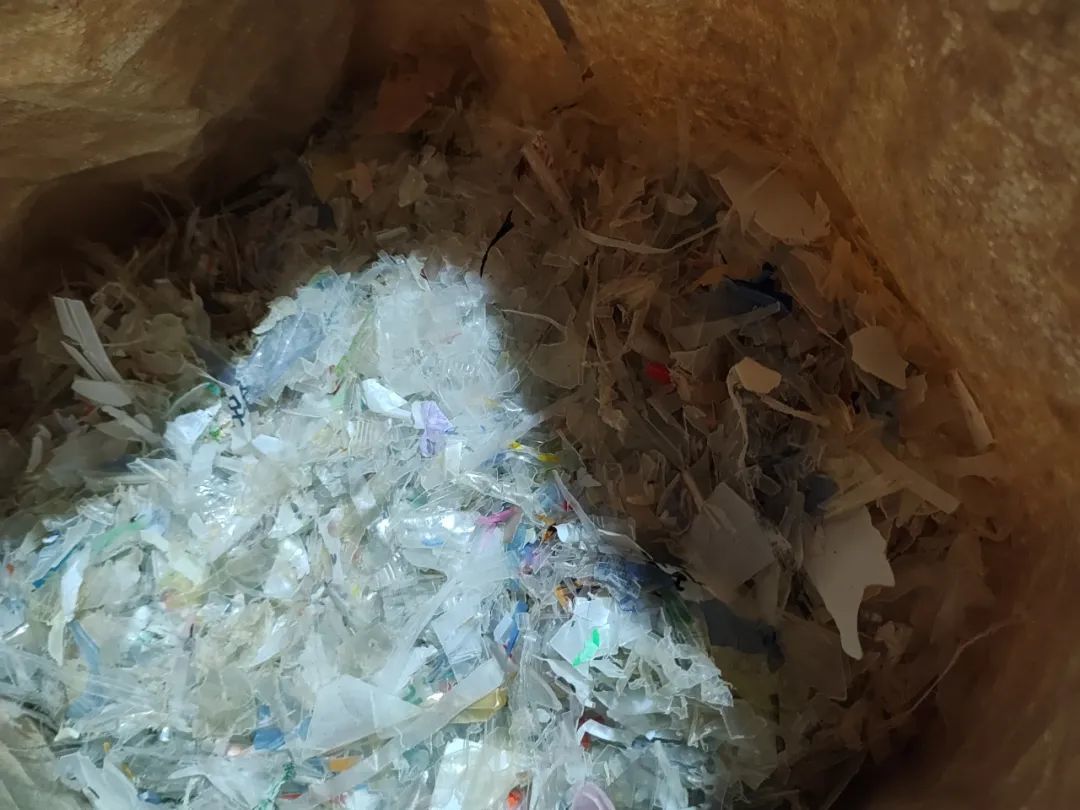
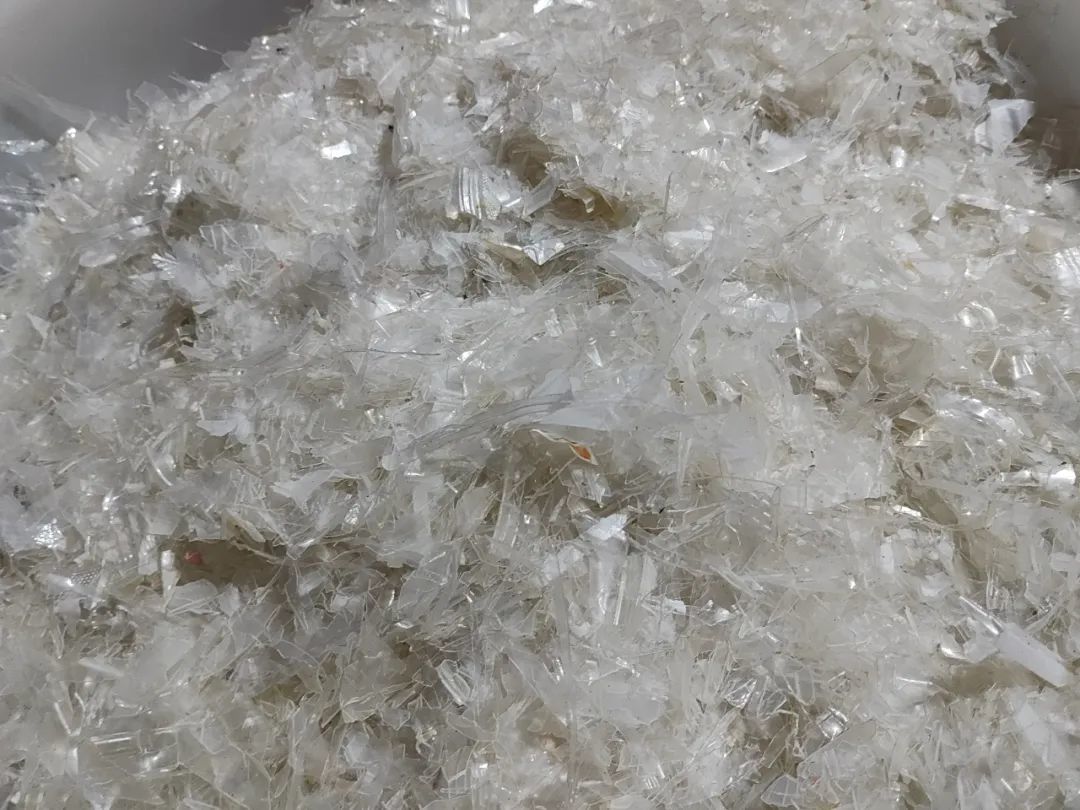
These new equipment are used in the regeneration of lunch box plastics, which not only improves the production capacity, but also improves the process. RPP plastic granules produced from lunch box plasticExcellent performance, passed the industry-recognized hazardous substance detection, met the quality standards and GRS and UL2809 environmental protection requirements, and even obtained the FDA food grade certificate: these are sufficient to prove that the PP particles recycled by us can match the performance of raw materials.
Nowadays, more and more people are ordering takeout,No matter whether you are staying at home or working in the office, you can choose takeout instead of "cooking for two hours and eating for five minutes". There are many more choices, and we can solve the problem of eating with the minimum cost.Takeaway has brought more convenience to our life,The problem of lunch box plastic is alsoIt followed.(According to a survey by the non-profit environmental protection organization "Greenpeace") If an average of 3.27 disposable plastic lunch boxes/cups are consumed per take-out order and the daily order reaches 30 million (official US group take-out data), more than 90 million disposable plastic packages will be consumed in one day, generating more than 3000 tons of discarded lunch boxes, or 1.09 million tons a year, which is only the data of one family.These plastics themselves are highly polluted, oil content is large, and technical processing is difficult. The traditional way of handling takeaway boxes is also landfill and incineration, which will cause serious pollution.According to data calculations, in order to harmlessly treat the plastic waste left by the takeaway industry, the country will need to pay at least 2.45 billion yuan in direct costs in 2020 alone, which does not include the cost of carbon dioxide treatment after plastic waste incineration and air pollution control. cost.However, the recycling of lunch boxes is less than 10%, there is still a lot of room for improvement, and high technical requirements are also required.
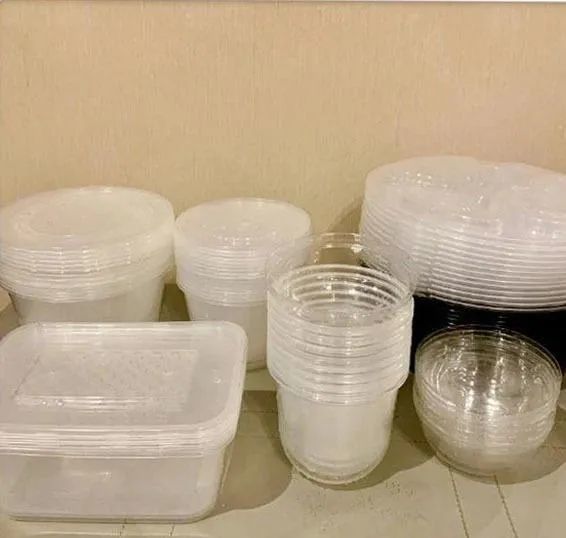
Yujie saw the opportunity to overcome the problem of recycling lunch boxes. At present, our production line for processing lunch box plastics has been put into use, producing 30000 tons of RPP per year.If every ton of waste plastics is recycled, 0.8 tons of recycled plastics can be produced, saving 80% of energy and 2 tons of coal, which is equivalent to saving about 117 barrels of oil and reducing carbon emissions by about 0.5 tons. So we can reduce carbon emissions by 18000 tons a year. This is a data we are proud.There are difficulties. After all, compared with other waste plastics, the composition of lunch box plastics is more complex. There is a lot of meal waste, which is more susceptible to secondary pollution and is not so simple to deal. More than 90% of take-out lunch boxes are made of PP, because only this plastic can adapt to the characteristics of high oil, high salt and high humidity in China's diet structure. It has good heat resistance, will not deform obviously at 120 ℃, and will hardly absorb water.
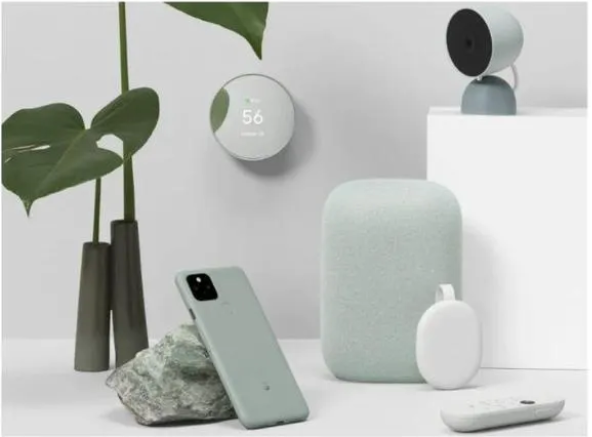
Thanks for reading! Thanks for the support!
Related News
LDPE is the abbreviation of low density polyethylene (Low Density PolyEthylene), is a thermoplastic derived from petroleum, mainly used in the plastic bag and film industry.
What are the differences between ABS plastic pellets and PP plastic
Although plastic is common, there are many kinds of plastic, including ABS plastic particles and PP plastic. What is the difference between the two? ABS plastic name: propylene-butadiene-styrene copolymer
Recently, Cinda Securities has produced a report entitled "Research on Petroleum Refining and Chemical Industry" on the theme of "Breakthrough in New Materials for Post-epidemic Recovery". It has detailed analysis on post-epidemic engineering plastics, high-performance resin materials, degradable plastic products and new energy materials. As the original text is more than 20000 words long, Yujie Industrial Co., Ltd. excerpts the following for reference by the industry.
GE Plastics Group held a global launch in Shanghai to assist Chinese electronics manufacturers in coping with WEEE/RoHS Internet access time: May 4, 2006 I will comment on [font size: large, medium and small] Key words: RoHSWEEEGE Plastics Group Author: Wang Yan GE Plastics Group recently held a new product launch for business/consumer electronics in Shanghai, including LexanDMX2415 for MP3, mobile phones and CycoloyCX7010 for TV applications, and introduced its "green idea (ecomagination
The new direction of environmentally friendly plastics
Our earth is facing increasingly serious garbage pollution, we have produced more and more electronic products, plastic products. We are facing an increasingly serious disposal problem with the current level of technology and consistent disposal methods are waste incineration and landfill. The consequence of this is that serious dioxins and carbon dioxide will be produced. There is also a waste of resources, because plastic is decomposed by oil, and now Xinlei Plastic Technology Co., Ltd. specializes in environmental protection and the use of resources. Our company has professional polymer engineers and professional modification technology formula, can effectively recycle and modify the plastic nozzle, we can
New materials bring changes in mobile phones
The emergence and popularization of touch screens have gradually made us bid farewell to the years when we used physical keyboards to manipulate mobile phones. Today's trendy mobile phones cannot even find a physical keyboard on the main screen. The emergence of capacitive touch screens has even made mobile phones bid farewell to the standard stylus. We have begun to use one finger to click on two fingers to rotate and zoom to manipulate the screen. The influence of new materials on us is obvious. At this CES, several updated materials let us see the possibility of further changes in the way of interaction. The most exciting, naturally flexible electronic screen when the computer screen can be bent or even folded, what does it mean?





